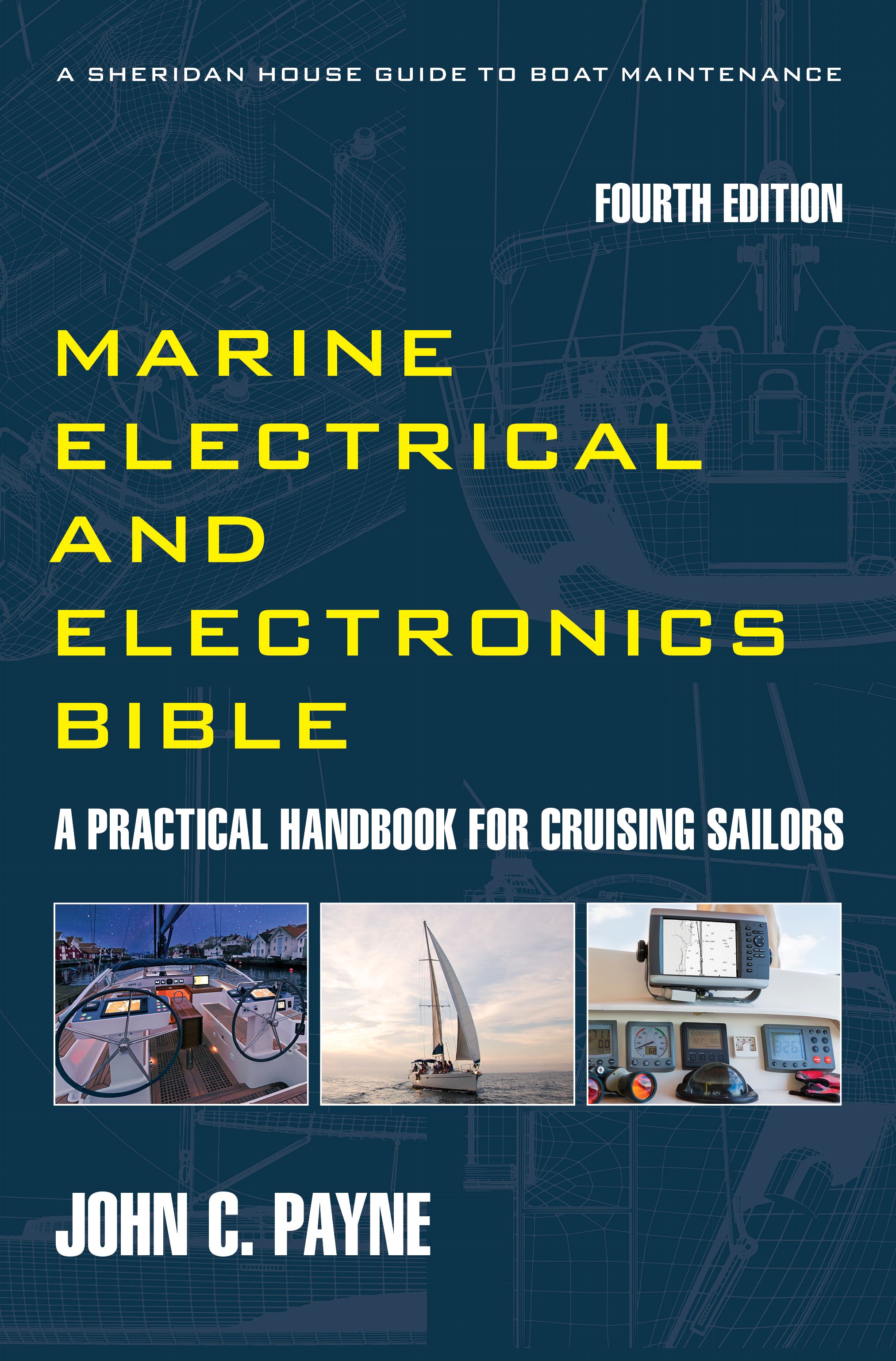Yacht Maintenance
About yacht maintenance. Properly conceived and implemented maintenance uses the base assumption that not all failures can be prevented and depending on the impacts or failure modes are part of everyday life aboard. Much research within the aviation industry and the US Navy came to the startling conclusion that between 70% and 90% of failure modes are not age related and that the likelihood of failure is random. That is a sobering number and should shock most people.
Yacht Maintenance
It doesn’t make much sense to use your time and money to maintain or replace equipment when the reliability hasn’t actually been reduced, or where the nominated maintenance task will not improve the reliability. This introduces the concept of condition monitoring for up to 90% of equipment, with only a small percentage of time based overhaul and replacement. So for many boat owners, they actively consider the consequences of not performing maintenance and consider the possible impacts and consequences of allowing the failure mode to happen. So maintenance is about whether the consequences are severe enough or the outcomes tolerable. It must be noted that not all failures have the same probability and not all failures have the same consequences. An example is a tank on your boat. If the fuel tank leaks there are severe consequences as the fuel is flammable and creates fumes and so on. If your water tank leaks then the consequences are not as severe, unless you are mid ocean and you run out of potable water. Consequences also have to factor in the likelihood of a failure actually occurring.
Yacht Maintenance
So where does this leave the boat owner. If maintaining everything is out so what next? The things that have the highest propensity for failure, or where dominant failure modes are identified get the priority. Low frequency failures even though they might have serious consequences are not the priority. In other words, don’t maintain things based on what are called non-credible failure modes. You could go crazy looking at every item on your boat and saying “what if” this or that happened even if the likelihood was extremely rare. So maintenance on your boat has to look at risk, and Risk = Likelihood x Consequences. A typical boat example is looking at parts of the engine, how often does a drive belt fail? The fuel pump? and so on.
Yacht Maintenance
Regular inspections can often indicate impending failure, a noisy and hot bearing, that fan belt is smelling from overheating, and other indicators. Heat, smell, noise and vibration are great low tech indicators. Most people react and troubleshoot when these signs appear and head off a failure. Many relatively simple bits of equipment wear out and once a certain age is reached failure is a high probability. This brings in the philosophy of replacement before failure or having a spare part on hand and allowing failure. Works for simple equipment but when a system made up of several elements is considered then things change. Complex systems on a boat include an engine starting system, or a charging system. Each element has its own failure modes but when a system is considered they don’t have a typical age related failure pattern.
Yacht Maintenance
Regular yacht maintenance is essential for safety, performance, and long-term value. A well-maintained yacht ensures reliable operation of critical systems—engine, electrical, plumbing, and navigation—reducing the risk of breakdowns at sea. Routine checks help identify wear and corrosion early, preventing costly repairs and preserving structural integrity. Maintenance also enhances fuel efficiency, sail performance, and onboard comfort, especially in demanding conditions.
Yacht Maintenance
Neglecting upkeep can lead to failures in steering, anchoring, or bilge systems, compromising safety and operational readiness. Scheduled servicing of components like the windlass, rigging, and hull fittings ensures compliance with insurance and regulatory standards, particularly for charter or international cruising.
Cosmetic care—cleaning, polishing, and antifouling—protects against UV damage, marine growth, and saltwater degradation. Maintaining logbooks and checklists supports resale value and simplifies troubleshooting. Whether for private use or charter, proactive maintenance reflects professionalism, reduces downtime, and ensures every voyage is smooth, safe, and enjoyable.
Yacht Maintenance
One of the curses in boats and most anywhere else is the hidden failure, and these are virtually undetectable during normal operation, usually something fails after sitting unused and then switched on, also called failure on demand. Sometimes you stumble on a failure when testing a system or equipment. Typical examples are protective items like relief valves, or pressure switches and so on. These protective function items don’t get used until they have to work in a specific circumstance. Which is why frequent testing is performed in all industries. Identifying hidden failure points is essential to reliability, some you can and some you cannot. More about yacht maintenance and sailboat maintenance.
